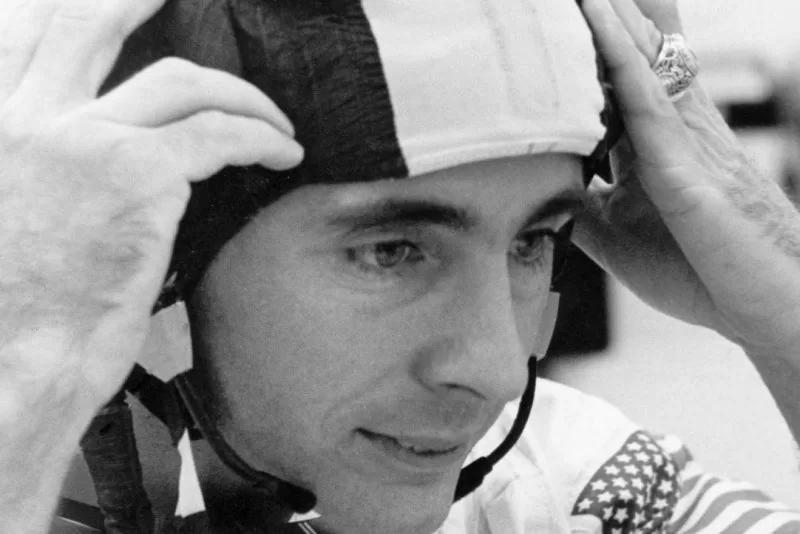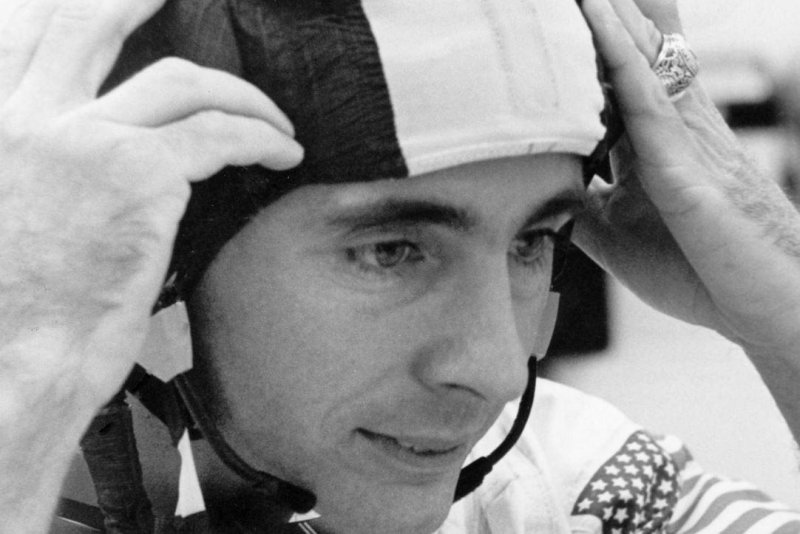1 of 2 | Astronaut William Anders. File photo by NASA
June 8 (UPI) — William Anders, among the first three people to orbit the moon aboard Apollo 8 in 1968, died when his small plane crashed in Washington state, according to his son, Gregory Anders. He was 90 years old.
An “older model plane” went down off the coast of Jones Island in San Juan Channel about 90 miles north of Seattle around 11 a.m. Friday, according to a news release from the San Juan County Sheriff’s Office.
The Beech A45 only had the pilot aboard.
After an hourslong search that involved multiple agencies and covered 215 nautical miles. the United States Coast Guard announced the pilot’s body was recovered by Washington Department of Fish and Wildlife dive team dive team.
Gregory Anderson told CNN his “dad passed in an aircraft incident in the San Juan Islands. The family is devastated and grieving the loss of a great pilot.”
Anders, Jim Lovell and mission commander Frank Borman, who died in November 2023, flew aboard the first lunar orbit mission. Anders served as the lunar module pilot.
Anders captured an historic image of Earth showing the moon’s surface in the foreground during the Apollo 8 flight on Christmas Eve 1968, titled “Earthrise.”
“We came all this way to explore the moon, and the most important thing is that we discovered the Earth,” Anders said.
Less than one year later, the first men walked on the moon: Neil Armstrong and Edwin “Buzz’ Aldrin.
“Suddenly I looked out the window, and here was this gorgeous orb coming up,” Anders described of Earth. “For me, it made me realize that the earth was small, delicate and not the center of the universe,” Anders said.
It was Anders’ only flight into space.
Anders, who was a U.S. Navy test pilot and graduated from the U.S. Naval Academy, was among 14 selected in 1964 as an astronaut. He served as backup pilot for the Gemini 11 mission in 1966 and the Apollo 11 flight in 1969.
He logged more than 6,000 hours of flying time, according to NASA.
Anders was executive secretary for the National Aeronautics and Space Council from 1969 to 1973. President Gerald Ford named him the first chairman of the Nuclear Regulatory Commission, which is responsible for nuclear safety and environmental compatibility.
In 1996, Anders founded the Heritage Flight Museum with his wife, Valerie Anders, in Bellingham, Wash.
“Bill Anders offered to humanity among the deepest of gifts an astronaut can give. He traveled to the threshold of the Moon and helped all of us see something else: ourselves,” NASA administrator Bill Nelson, also a former astronaut, posted on X. “He embdied the lessons and the purpose of exploration. We will miss him.”

